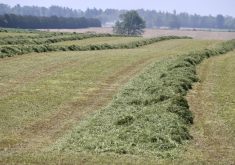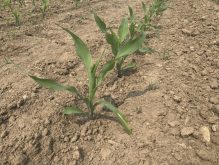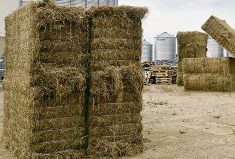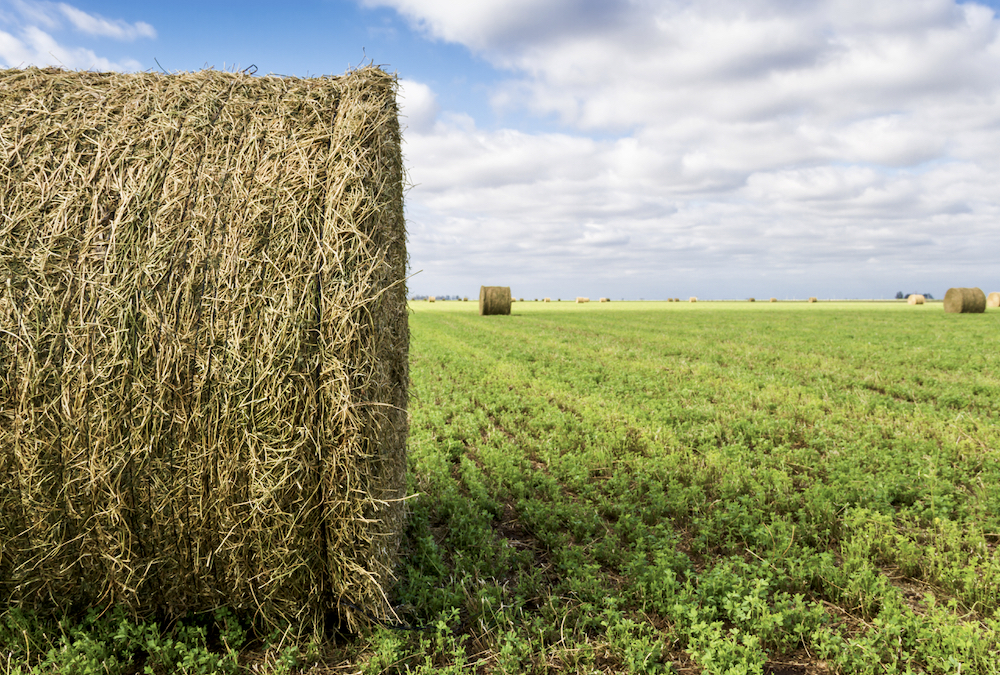Other export opportunities exist for Ontario-grown forages, but the chair of the Ontario Hay and Forage Co-operative (OHFC) admits the trade-related fallout from the federal government’s recent spat with Saudi Arabia dealt a big blow.
“We had tons of inquiries for massive amounts of hay from Saudi Arabia before this happened,” Fritz Trauttmansdorff told Farmtario in early September, as he waited for drier weather to resume harvest at his Jerseyville-area farm.
Why it matters: The co-op’s 60 producing members were looking forward to 2018 as the first year OHFC was able to aggregate high quality-hay at a compacting facility in eastern Ontario for overseas export. Arab Mideast nations represent the most promising, ongoing potential markets, thanks largely to the presence in the region of a significant dairy industry, but little crop-growing capacity.
Read Also
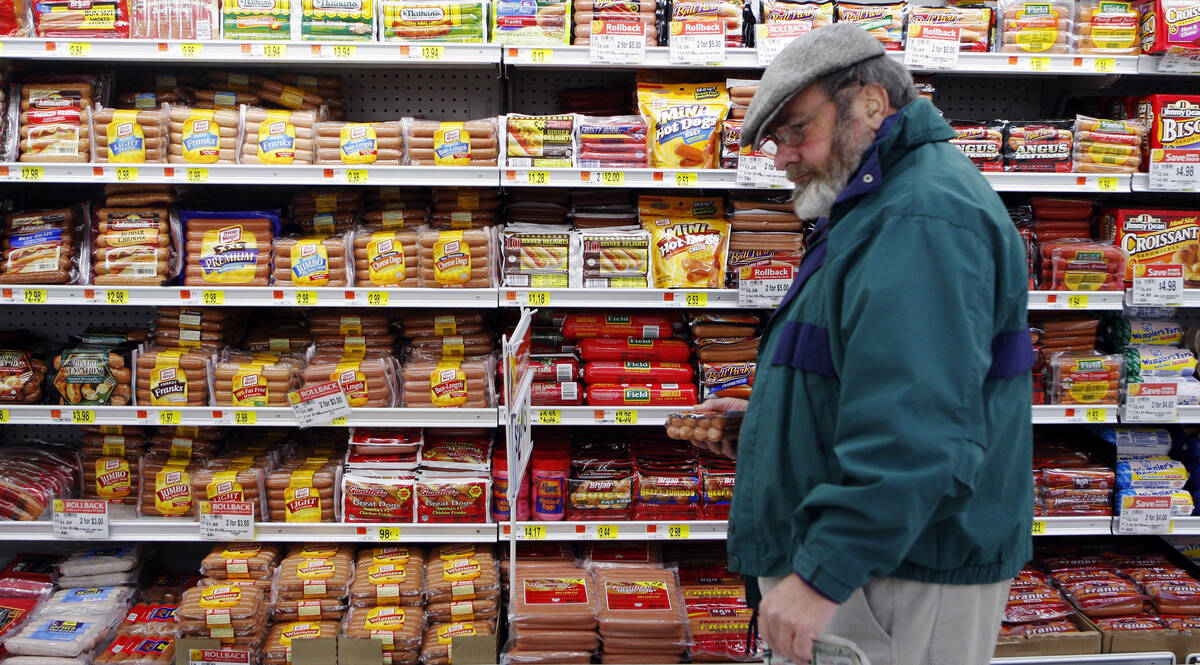
Canada seventh-most influential country on agri-food
Report from Dalhousie University and MNP shows Canada ranks seventh among G20 countries on agri-food influence.
The spat erupted after Canadian Foreign Affairs Minister Chrystia Freeland tweeted on Aug. 2 her displeasure with the jailing in Saudi Arabia of two human rights activists. Saudi leaders took offence, quickly cutting off diplomatic ties and banning new bilateral trade.
“We had high hopes (for sending some of this year’s hay to Saudi Arabia) and we had started talking about contracts,” Trauttmansdorff said.
The Mideast was a destination for two separate OHFC delegations since the co-op formed in 2015 — the most recent being a trip by co-op director Chris Riach to Abu Dhabi in early 2018. The organization’s chair said that among those nations, Saudi Arabia is the largest and possessed the largest potential market for the co-op members’ hay.
“The amount (of hay needed by Saudi Arabian farmers) is staggering. But right now, it looks like that’s all on hold.”
A group of Saudi farm industry representatives had been scheduled to visit Western Canada and Ontario in late August, Trauttmansdorff said, but following Freeland’s tweet, that delegation was abruptly cancelled.
He stressed, though, that the diplomatic dispute’s forage-related repercussions are most likely being felt much more acutely in the West, where there are already established relationships between Canadian growers and Saudi Arabian importers.
OHFC, in contrast, is still in its infancy. Co-op members are expected to soon provide details about how many tons they plan on transporting to André Larocque’s North Glengarry double compactor facility, in what is shaping up to be the first-ever year for overseas export from the Port of Montreal. And Trauttmansdorff expressed confidence they’ll be able to find markets for all the hay received by Larocque.
“We were and still are working with a buyer in the UAE (United Arab Emirates),” he explained. “We’ve also made contacts in Kuwait, Oman, and some of the smaller emirates. There’s also been some interest from Lebanon and Jordan.”
One-time possibilities for export also exist due to weather — most notably, this year, in northern Europe due to the drought. And domestically, Ontario-grown hay in non-compacted form may find significant markets this year in Quebec and the West.






